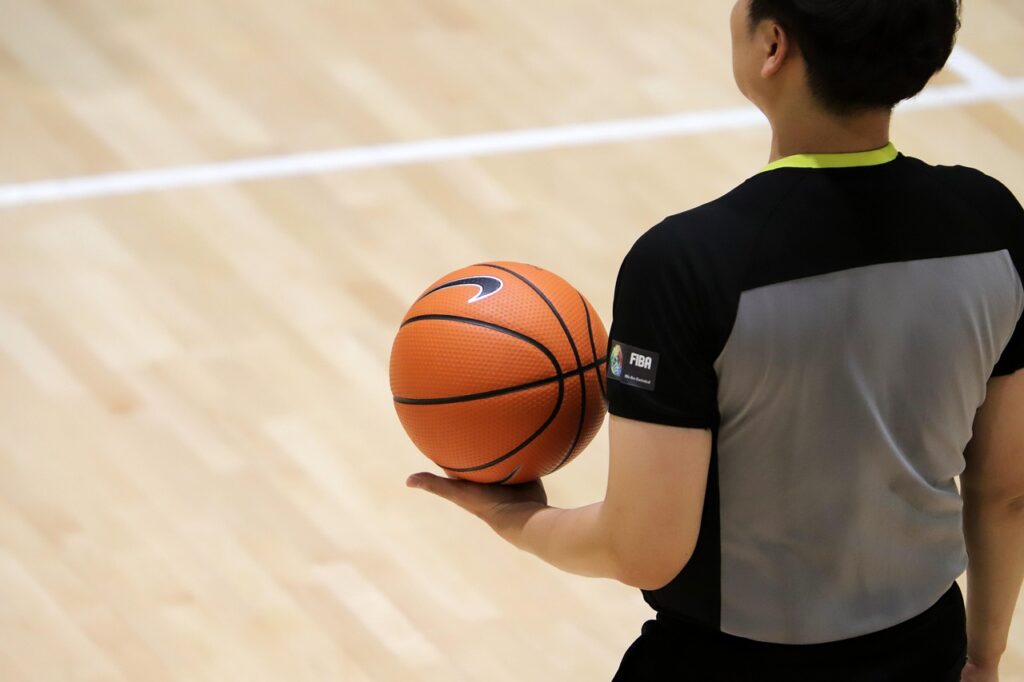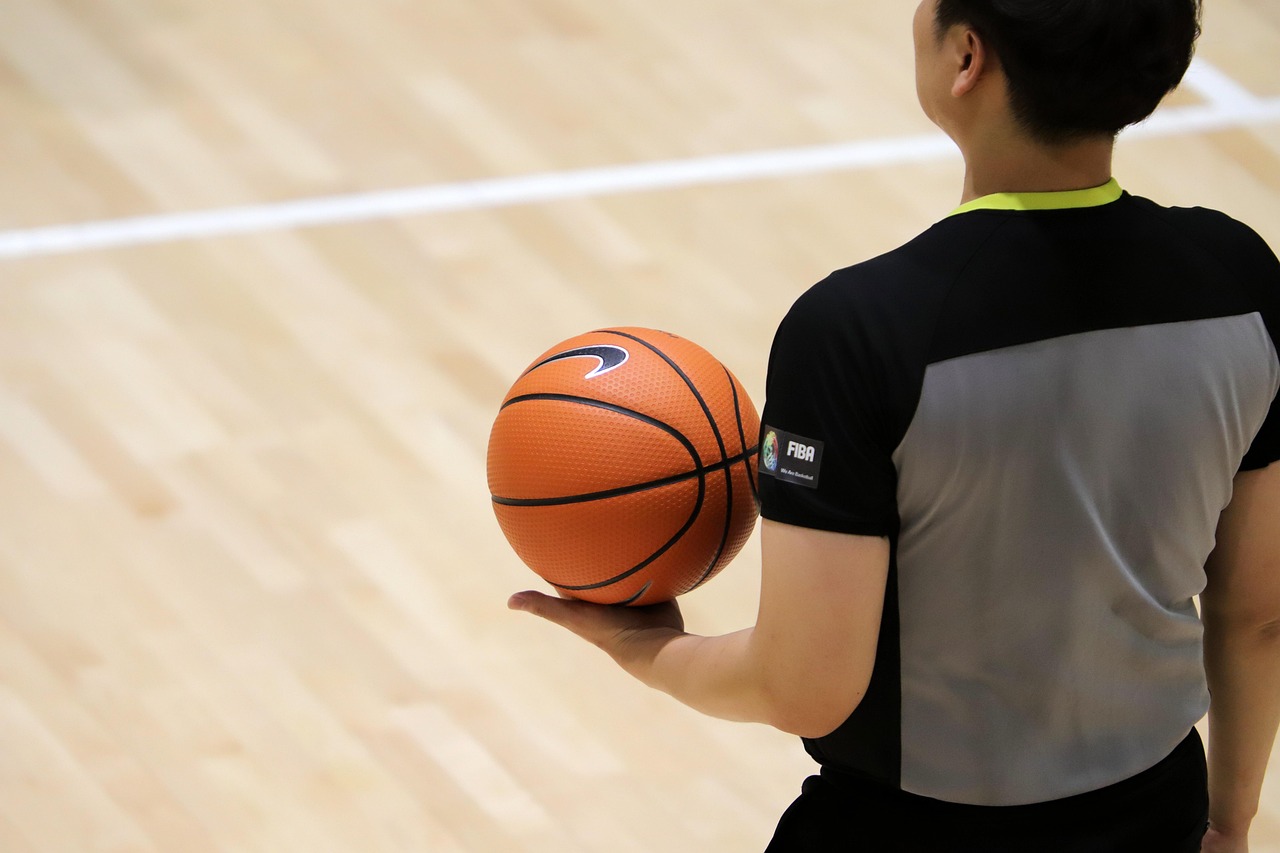Middle school basketball is a critical stage for young athletes, bridging the gap between elementary and high school play. Game length is a key aspect, affecting scheduling, player endurance, and overall enjoyment. So, how long is a middle school basketball game?
While the official playing time typically ranges from 24 to 32 minutes, the real-time duration, including stoppages, can extend to 1.5-2 hours.
This article will delve into the standard game lengths, explore variations across different leagues, and discuss why understanding these durations is essential for a positive youth sports experience.
Comprehensive Analysis of Middle School Basketball Game Length

Basketball is a beloved sport among middle school students, offering opportunities for physical fitness, teamwork, and strategic development. However, one common question for players, parents, and coaches is: how long is a middle school basketball game?
The answer isn’t always straightforward, as game lengths can vary depending on the league, organization, or specific rules in place.
This detailed article explores the standard durations, variations, influencing factors, and importance of game length, providing a thorough guide for anyone involved in youth basketball.
Standard Game Lengths of Middle School Basketball
The most widely recognized standard for middle school basketball games comes from the National Federation of State High School Associations (NFHS), which provides guidelines for high school sports and younger age groups.
According to NFHS rules, games involving students below the ninth grade—typically middle school (grades 6-8)—are played in four 6-minute quarters, totaling 24 minutes of playing time.
This structure is designed to ensure younger players have a manageable amount of time on the court while still allowing for skill development and competitive play.
However, it’s important to note that not all middle school basketball games adhere strictly to this format. The NBA Youth Basketball Guidelines, developed in partnership with USA Basketball, recommend game lengths based on age groups.
For ages 9-11, the suggested range is 24-32 minutes, and for ages 12-14, it’s 28-32 minutes. Since middle school typically includes grades 6-8 (ages 11-14), this overlaps, suggesting a common range of 24-32 minutes, often implemented as four 6-minute, 7-minute, or 8-minute quarters.
| Age Group | Recommended Game Length |
|---|---|
| Ages 7-8 | 20-28 minutes |
| Ages 9-11 | 24-32 minutes |
| Ages 12-14 | 28-32 minutes |
| Grades 9-12 | 32-40 minutes |
This table, sourced from the NBA Youth Basketball Guidelines, highlights the flexibility in game lengths, with middle school falling into the 24-32 minute range for most leagues.
Variations in Middle School Basketball Game Lengths
While the NFHS and NBA guidelines provide standards, middle school basketball game length can vary significantly depending on the specific league or organization. Here are some common variations observed across different regions and leagues:
- Four 8-minute quarters (32 minutes total): Some youth leagues, especially those aligned with the NBA Youth Basketball Guidelines for older middle school students (ages 12-14), use this middle school basketball game length format. It’s also common in leagues aiming to align with high school rules, providing more playing time for skill development.
- Two 16-minute halves (32 minutes total) with a stop clock: Certain organizations, such as Kidsports.org, use a stop-clock format for middle school games (grades 5-8). In this structure, the clock stops for fouls, timeouts, and other interruptions, which can extend the real-time duration beyond the official 32 minutes.
- Four 7-minute quarters (28 minutes total): Some state associations, like the Georgia High School Association (GHSA), use this middle school basketball game length format for sub-varsity games, which often include middle school players. This length strikes a balance between the shorter NFHS standard and the longer high school format, totaling 28 minutes of play.
- Customized formats: Smaller or local leagues may adjust game lengths based on factors like player age, skill level, or tournament schedules. For example, younger players (ages 7-8) might play shorter games (20-28 minutes), while older middle school students might play closer to 32 minutes to accommodate their growing endurance.
These variations highlight the flexibility in youth sports, where the focus is often on player development rather than strict adherence to a single standard.
For instance, the GHSA notes that playing time may be reduced on school nights for sub-varsity games, reflecting considerations for student athletes’ schedules.
Factors Influencing Middle School Basketball Game Length
While the official middle school basketball game length might range from 24 to 32 minutes, the real-time duration from the start of the game to the final buzzer—can be significantly longer. Several factors contribute to this:
- Clock Type: Leagues may use a continuous clock, where the clock runs without stopping except for timeouts and quarter breaks, or a stop clock, which halts for fouls, out-of-bounds plays, and free throws. A stop clock can extend the total game time, especially in close games with frequent stoppages.
- Timeouts: Each team is typically allowed a certain number of timeouts (e.g., 3 full timeouts per game, as seen in some league rules). These brief pauses can add several minutes to the overall duration, particularly if coaches use them strategically.
- Fouls and Free Throws: Fouls stop the clock, and free throws can take additional time, especially if players miss and need to rebound. This is more pronounced in stop-clock formats, where every interruption adds to the total time.
- Halftime: Middle school games usually have a 5-10 minute halftime break, depending on the league. This break allows for rest, strategy discussions, and sometimes special activities, adding to the total duration.
- Overtime: If the game is tied at the end of regulation, overtime periods may be played. These are typically shorter (e.g., 2-5 minutes, as noted in some league rules) but can add to the total time, especially in competitive tournaments.
As a result, while the official playing time might be 24-32 minutes, the total real-time duration of a middle school basketball game can range from 1.5 to 2 hours, depending on the league’s rules and the flow of the game.
For example, Basketballforcoaches.com notes that youth games with a continuous clock and stoppages for timeouts can last around 1.5 hours, while stop-clock games might push closer to 2 hours.
Why Middle School Basketball Game Lengths Matter
Understanding the length of a middle school basketball game is crucial for several reasons, impacting players, coaches, and parents alike:
- Player Development: Shorter games are often better suited for younger players, as they help maintain focus and prevent fatigue. However, as players grow older and more skilled, longer games can provide more opportunities to develop endurance, advanced strategies, and game-time decision-making. The NBA Youth Basketball Guidelines emphasize age- and stage-appropriate skill development, suggesting that game lengths should align with players’ physical and mental capabilities.
- Scheduling: For parents and coaches, knowing the game length helps with planning. Tournaments or back-to-back games require careful scheduling to ensure players have enough rest between matches, especially on school nights. The GHSA, for instance, allows for reduced playing time on school nights, recognizing the need for balance.
- Enjoyment and Engagement: Games that are too long can be taxing for middle school students, potentially leading to burnout or reduced enjoyment. Conversely, games that are too short might not provide enough challenge or excitement, limiting opportunities for skill-building. Finding the right balance is key to keeping players engaged and motivated, as highlighted in resources like Hoopsking.com, which discuss the importance of game periods for youth engagement.
- Consistency: Standardized game lengths across leagues and organizations help create a consistent experience for players, making it easier for them to transition between different levels of play, such as moving from middle school to high school basketball. This consistency is crucial for long-term development, as noted in the USA Basketball guidelines.
Tips for Parents and Coaches
If you’re involved in middle school basketball, here are some practical tips to keep in mind to ensure a smooth experience:
1. Check the League Rules
Always verify the specific rules of your league or school district. Game lengths can vary widely, so it’s essential to know what to expect.
For example, the NFHS might set a standard, but local leagues like Kidsports.org may have different formats. Contacting the league organizer or checking their website, such as Basketballforcoaches.com, can provide clarity.
2. Prepare for Variations
If your child is playing in a tournament or against teams from different leagues, be aware that game lengths might differ.
This can affect warm-up routines, rest periods, and overall strategy. Planning ahead can help manage expectations and ensure players are ready for varying durations.
3. Plan for Total Time
Remember that the total time from arrival to departure will be longer than the official playing time.
Account for pre-game warm-ups (typically 15-30 minutes), halftime, and post-game activities like team huddles or awards. This is especially important for parents scheduling around school or work commitments.
4. Advocate for Player Welfare
If you feel that games are too long or too short for your child’s age group, consider discussing it with league organizers.
Many leagues are open to feedback to ensure the best experience for young athletes, aligning with the NBA and USA Basketball’s focus on health and wellness.
Conclusion
In summary, the length of a middle school basketball game typically ranges from 24 to 32 minutes of playing time, with common structures including four 6-minute quarters (24 minutes total) as per NFHS rules for students below ninth grade, or four 8-minute quarters (32 minutes total) for older middle school students, as suggested by NBA Youth Basketball Guidelines.
Variations exist, such as two 16-minute halves with a stop clock or four 7-minute quarters (28 minutes total) in some state associations like GHSA. Factors like clock type, timeouts, fouls, and halftime breaks can extend the real-time duration to 1.5 to 2 hours.
Understanding these variations is essential for players, parents, and coaches to ensure a positive, well-prepared experience, balancing development, enjoyment, and scheduling needs.
Whether you’re cheering from the stands or coaching on the sidelines, knowing the game length helps you appreciate the structure of middle school basketball and ensures that young athletes can focus on what matters most: having fun and developing their skills.
